and the distribution of digital products.
Quantum Critical Engine at Finite Temperatures: Many Body Quantum Otto Cycle
:::info Authors:
(1) Revathy B S, Raman Research Institute, Bengaluru, 560080, Karnataka, India and Corresponding author;
(2) Victor Mukherjee, Department of Physical Sciences, Indian Institute of Science Education and Research Berhampur, Berhampur, 760010, Odisha, India;
(3) Uma Divakaran, Department of Physics, Indian Institute of Technology Palakkad, Palakkad, 678623, Kerala, India.
:::
Table of Links3 Many body quantum Otto cycle
4 Universal scalings in work output
5 Transverse Ising model as working medium
3 Many body quantum Otto cycleWe now describe the quantum Otto cycle (QOC) which consist of four strokes (also shown in Fig.1):
\
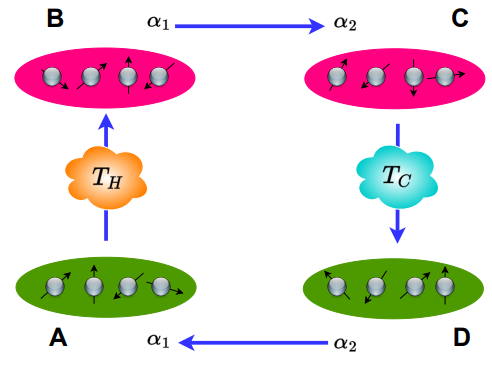
\
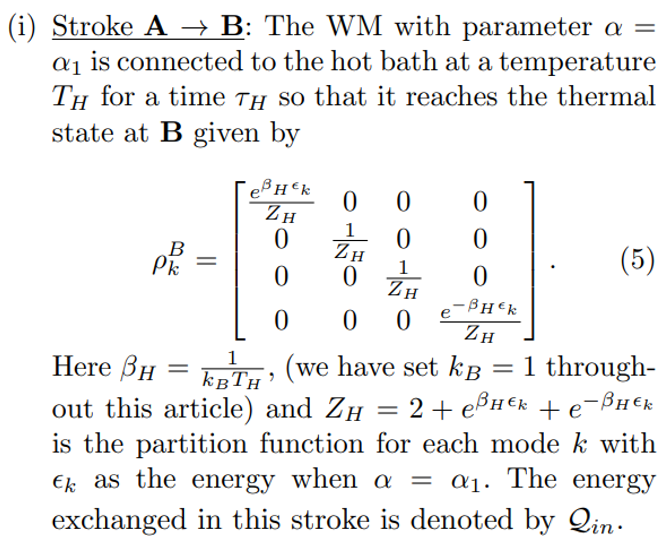
\ (ii) Stroke B → C: The WM is disconnected from the hot bath and α is changed from α1 to α2 using the driving protocol,
\

\ The evolution being a unitary evolution is given by the von-Neumann equation of motion:
\

\ In this work, we shall focus on α2 = αc, the critical value, for the reasons that will be explained later.
\ (iii) Stroke C → D: The WM with α = α2 is next connected to the cold bath at a temperature TC till τC so that it reaches the thermal state at D given by
\
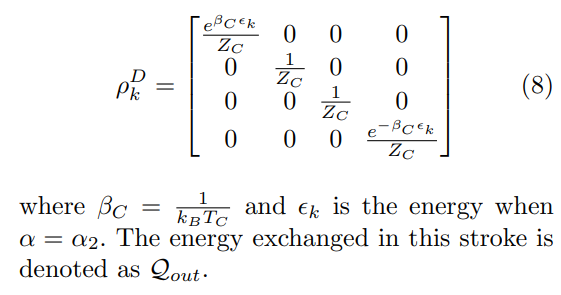
\ (iv) Stroke D → A: In this last stroke, the WM is disconnected from the cold bath, and α is changed back to α1 from α2 using
\

\ to reach A through unitary dynamics and thus the cycle repeats.
\ Energies at the end of each stroke i is calculated using the equation
\
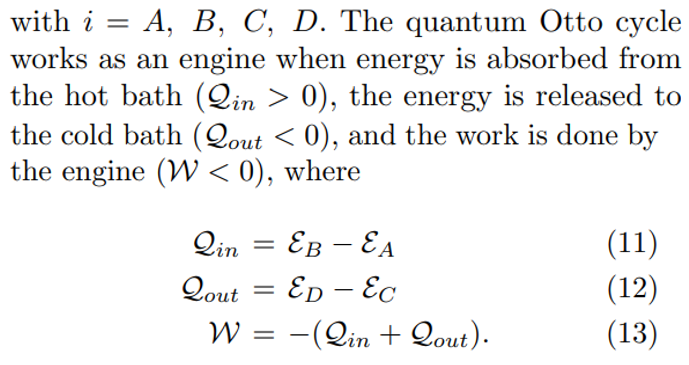
\ We characterize the engine performance using the quantities efficiency and power which are computed as
\
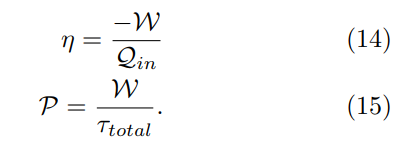
\
:::info This paper is available on arxiv under CC BY 4.0 DEED license.
:::
\
- Home
- About Us
- Write For Us / Submit Content
- Advertising And Affiliates
- Feeds And Syndication
- Contact Us
- Login
- Privacy
All Rights Reserved. Copyright , Central Coast Communications, Inc.